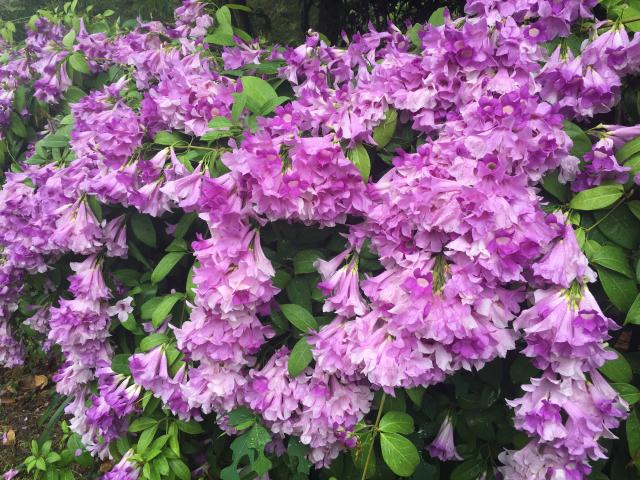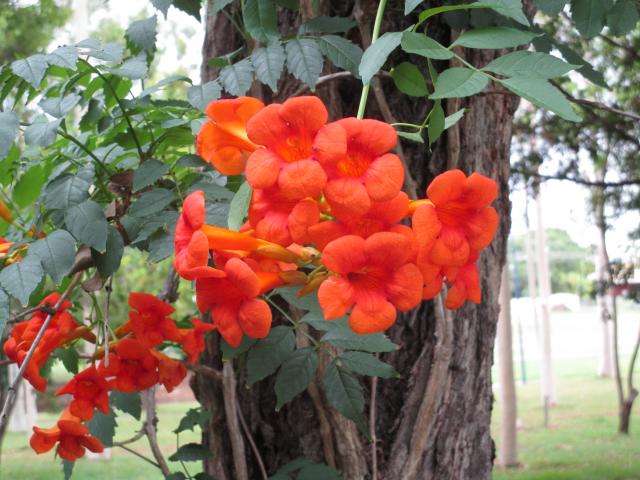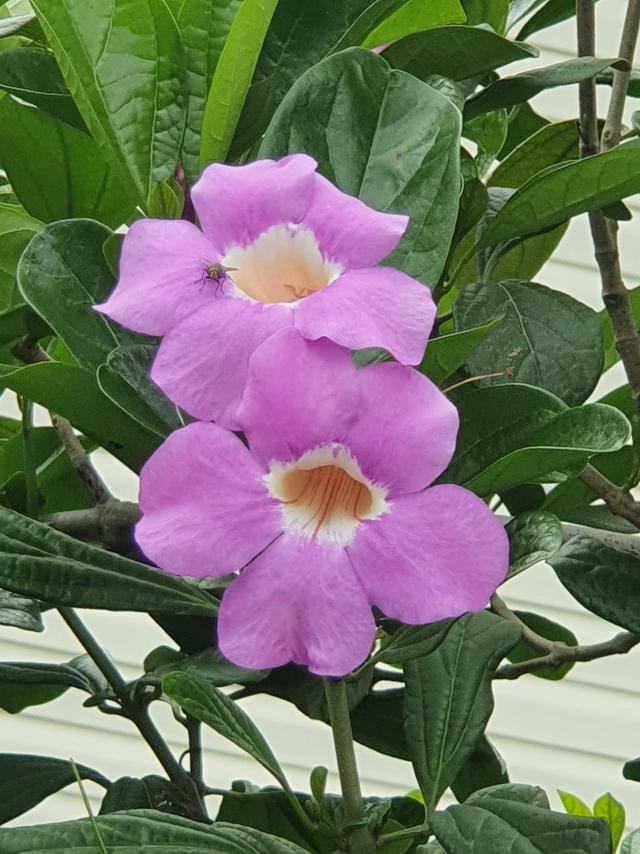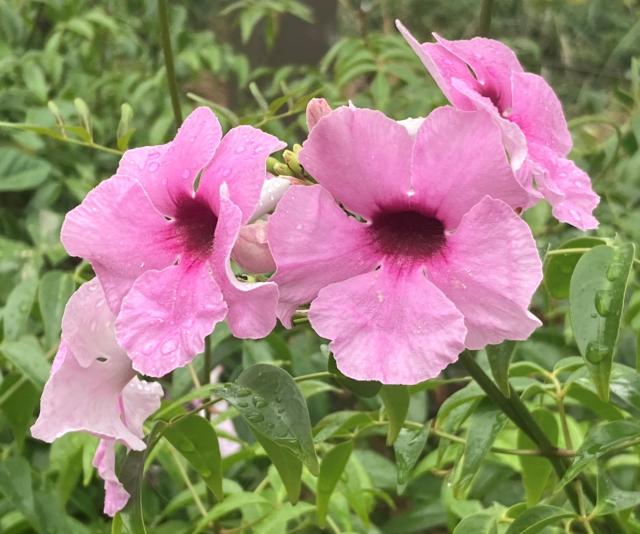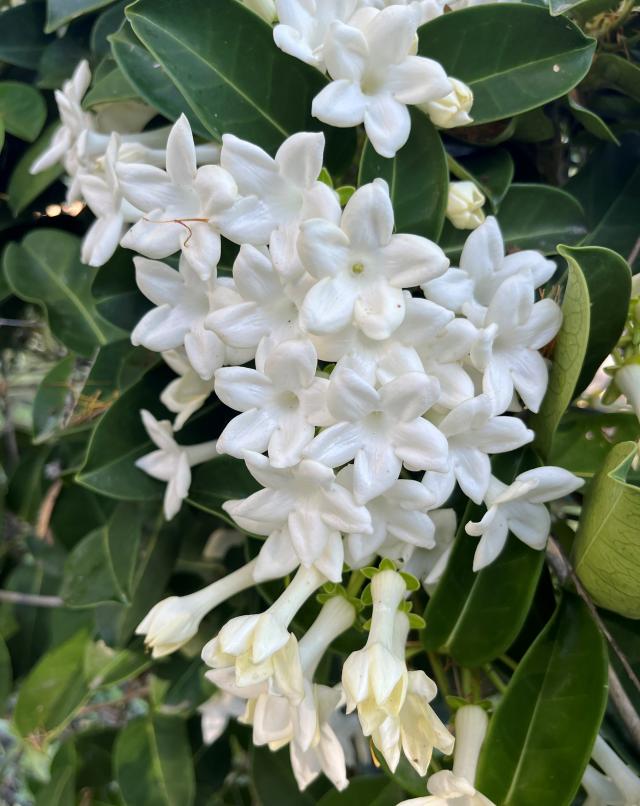Do you have a gap or open spot along your fencelike or you may have an untidy embankment?
Maybe you need one the most useful types of plants used in the garden. That is a creeper and using a fast a growing creeper to fill in that space can be achieved quickly and easily. It is this time of year that you seem to have more outdoor activities in your garden and that is always the best time to think about those garden improvements.
The next question that is always asked, is what creeper is more suitable, floral or perfumed?
Well in this region we are blessed with a large range of hardy creepers. I love both in a garden the floral to create an impact statement at different times of the year. Also the strategic placement of a perfumed creeper in the garden can add to the gardens appeal.
At the moment there are numerous varieties of creepers making spectacular displays. The mild weather has played a roll in this and the added regular rainfall has also helped a great deal.
A number of lesser-known creepers are in full bloom now and are definitely being noticed by the general public. This last week I received several letters all inquiring as to the name of a stunning flowering creeper growing along a fence at Agnes Waters.
This creeper is known as the Garlic Creeper or Pseudocalymma alliaceum. This creeper is the answer both questions. The common name comes from garlicky aroma vine has when its leaves and flowers are crushed. In fact all plants of this plant will have a mild garlic aroma.
The flowers of this creeper start out as a deep lavender colour with a white throat. As the flowers start to fade the colours change from the deep lavender to an even paler lavender eventually fading to almost white. In the coming weeks you see all three different colour shades on the plant at the same time.
This evergreen fast growing creeper is very hardy in local conditions. I have seen plants growing in positions that you would not expect a tropical plant to grow but this one thrives.
One other interesting fact about this plant is that in Southeast Asia the Garlic Creeper is grown in pots to help get rid of bad luck.
DID YOU KNOW…
In the Southern Hemisphere all twining plants wind their stems clockwise, while in the Northern Hemisphere they will twine anti-clockwise.
OTHER BLOOMING CREEPERS
The following are also looking at their best now.
Arrabidaea magnifica or Purple Bignonia is a woody fast growing naturally evergreen tropical climber with unusual pairs of medium green oval leaflets that are centred by its grasping tendrils. Regarded as one of the most beautiful of all trumpet vines in flower with showy clusters of large rosy mauve to purple trumpet flowers produced on new growth from late Summer through Autumn.
Campsis grandiflora or Chinese Trumpet Creeper has large soft-orange flowers that appear throughout summer and autumn. This deciduous climber has aerial roots that cling on to their support in the same way as ivy. Campsis requires a well-drained soil in a sunny position with protection from frost.
Pandorea jasminoides or Bower of Beauty is a vigorous evergreen twining climber with shiny dark green leaves. It flowers mainly in summer with showy deep pink trumpet shaped flowers. Pandorea is ideal for most soils, full to filtered sun and will scramble down embankments or climb up to the top of the tallest structure or tree.
Stephanotis floribunda is an evergreen twining climber that has an open habit. Clusters of sweet perfumed waxy, white tubular flowers appear from November to April. Stephanotis is one creeper that will always perform much better in a part shaded position with rich well-drained soil.
Thunbergia mysorensis is a hardy, woody-stemmed, evergreen climber with dark heavily veined green leaves. From Spring to Autumn this native of India produces spectacular large hanging clusters of yellow, red and brown flowers. Thunbergia mysorensis is one of the best creepers for pergolas and can be trained on trellises it can also be used as a hanging basket plant. It prefers a sunny well drained position with humus rich soil in full sun to part shade.

